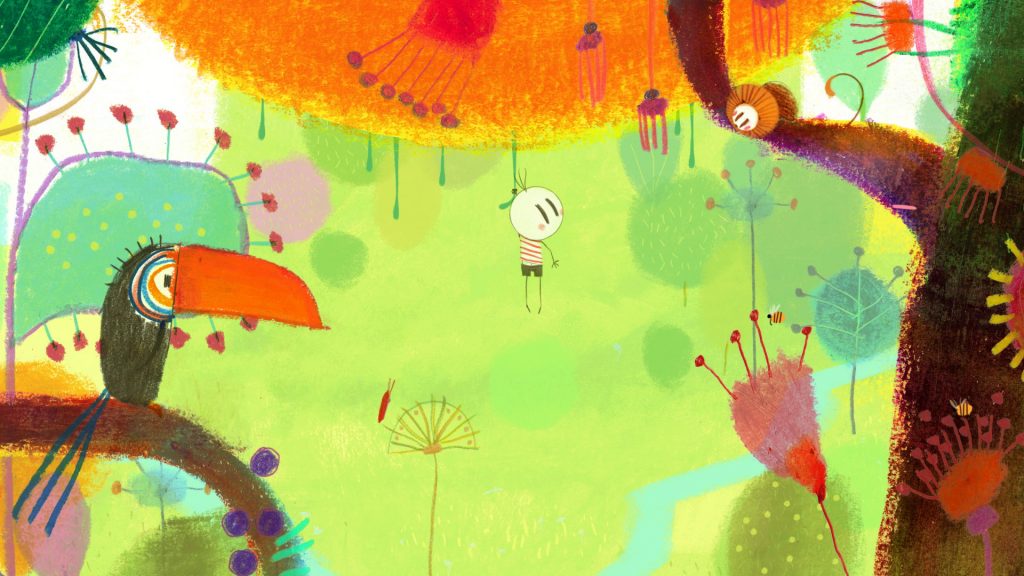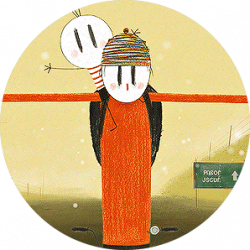I have finally finished project 2. I have learnt a lot from this project and have enjoyed the workflow of Maya and Unreal Engine as it has really improved efficiency.
This is an experimental version of the FMP project and I am concentrating more on the whole workflow. This project is more of a Demoreel than a core story for now, and it can be considered as technical preparation and testing for my last major project.
For my Final Major Project, I wanted to make a short film with a philosophical theme. The main idea of this film is to tell the story of Zhuang Zhou’s sleepwalking. It is different from other short story films. The film might be based on some Chinese and Western philosophical concepts or ideas.
In order to have a more beautiful picture, this short film may have some visual effects such as sand, snow, etc. To create a special ambience. I will then spend time working on the production of the scenes, enriching them and making them more beautiful. I will be working on this in early July.
My main software will be Maya, but I will also try to learn Houdini, which can produce a lot of very realistic effects. At the end of this project, I completed several scenes, lighting and test renderings. These techniques will also be used in my FMP project.
During the production of this project, I encountered some problems and realised the limitations of my hardware. As a result, I found out what areas I need to focus on next and what kind of hardware I need to prepare for my FMP. I also got some feedback from my classmates, which helped me a lot. All these reflections have been very valuable and useful.
Next month I will start preparing for my FMP project. These reflections will also help me to prepare scripts and storyboards and to control the time budget and speed of the process.
Blog Link:
Week01_Inspiration & Reference
Week02_Storyline & Reference & Technique Challenge
Week03_Preparing for Unreal Engine 4
Week04_Assets Collection & Create a terrain in UE4
Week05_Create a Forest Scene
Week06_Create Mountain Scene & Lighting Test
Week7_Maya Animation to UE4
Week08_Creating Iceberg and desert Scene
Week09_Rendering Test




